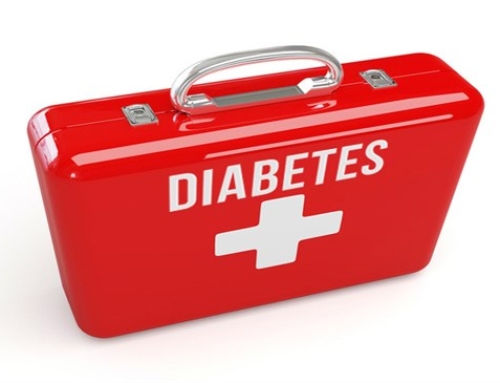Vivametrica launches its largest pilot project to date. With a total of 100 Fraser Health employees enrolled in this project, we will analyze the data from wearable devices worn by participants. Fraser Health is one of Canada’s largest and fastest growing health authorities and provides a wide range of integrated health care services to more than 1.6 million people.
During the pilot we will observe overall change in activity. Using Vivametrica tools we will assess how this translates to changes in health status. Vivametrica is excited to scale our services and will receive valuable feedback on levels of user engagement and how to improve through this process.
We are excited to partner with Fraser Health and introduce Cathryn Smith, who will be working with us on this project. Cathryn has worked in health care for over 30 years, her work has included providing case management for injured and ill employees, immunizations, management of exposure to communicable diseases and blood and body fluid exposure for employees, and more recently bringing awareness to wellness and health promotion in the workplace including health coaching. This week, Cathryn provides us with a guest blog on being active.
As Hippocrates put it 2,400 years ago, “If we could give every individual the right amount of nourishment and exercise, not too little and not too much, we would have found the safest way to health.”
But when it comes to physical activity, how much is enough and how much is too much? Research shows that some exercise is better than no exercise, but scientists may be getting closer understanding that more isn’t always better, and that there may be a point at which the harms of strenuous exercise may start to outweigh its benefits.
A large Danish study in the Journal of the American College of Cardiology compared the mortality rates of joggers and sedentary people. Those who did light to moderate running (in terms of pace, duration, and frequency) were less likely to die over a 12-year period than non-exercisers. But strenuous joggers (fast pace, more than 2 1/2 hours a week, or more than 3 times a week) had a mortality rate similar to sedentary people. “The U-shaped association suggests…higher doses of running are not only unnecessary but may also erode some of the remarkable longevity benefits conferred by lower doses of running,” the study concluded.
However, there are other studies that show strenuous exercise as good as moderate exercise. For instance, a study in the Lancet, which followed more than 400,000 people in Taiwan for eight years, found that the more time people spent exercising, the lower their mortality rate, until it plateaued at about 100 minutes a day. Vigorous exercise was even more beneficial, though its benefit plateaued at about 45 minutes a day. And there was no decrease in benefits among those who exercised the most.
What is clear from the research is that those who are sedentary are at most risk and for others, moderation is the key. For some, strenuous exercise can increase the risk of injury and other adverse effects. It seems that the Goldilocks effect applies here- not too much and not too little and each of us has to find our own “sweet spot”. And perhaps , just maybe, if we start referring to the need to be “active” as opposed to trying to fit in an hour of “exercise’ it might just be more “doable”. In a recent study in the American Journal of Health Promotion, researchers followed the activity levels of more than 6,300 adults. They found that engaging in short periods of activity-less than 10 minutes at any time during the day-seemed to impart the same health benefits as exercising in 10-minute-plus periods. Important health indicators-like blood pressure readings and cholesterol levels-were similar with both activity patterns. The results suggest people who live an active lifestyle can be as healthy as those who partake in structured exercise.
If lack of time, inconvenience, dislike of activity, costs/accessibility issues are “hurdles” to becoming more active, here are some ideas that might help get you going,
Being active in smaller “chunks” through the day, such as taking a walk on your lunch break or at home with neighbours to create a fun group that makes being active more interesting.
Carrying bags or groceries instead of using a cart.
Doing activities like bowling or swimming instead of going out for dinner with your family.
Play a game of basketball or tag with your children.
Clean up the garden or house. Chores such as raking, vacuuming, and mopping count as activity.
Dance or jog in place while watching television.
Park far away from store entrances. Walking of any kind is a definite plus.
Take stairs instead of the elevator or escalator.
Try a seasonal activity- cycling in the summer, playing in the snow in the winter.






